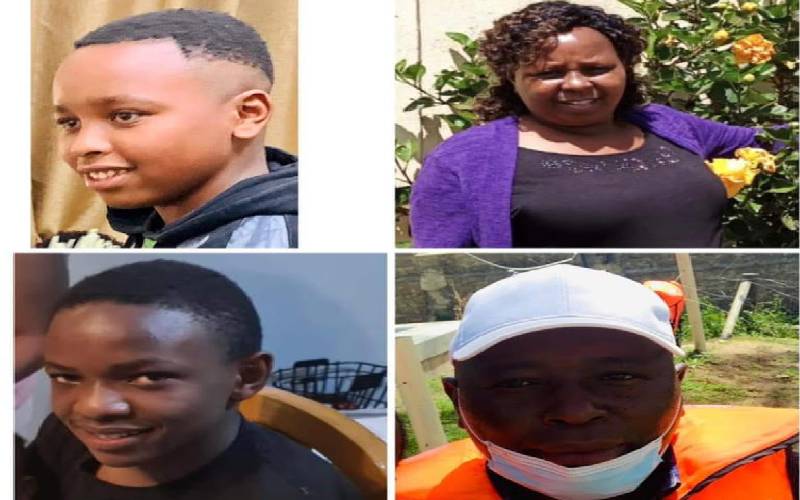×
The Standard e-Paper
Fearless, Trusted News

Nicholas Njoroge (bottom right), his wife Wanjiku and their two children who were murdered at their home in Kiambaa Constituency, Kiambu County on January 6. [Courtesy]
The day-long postmortem examination procedure at Kenyatta Memorial Funeral Home in Kiambu County, overseen by Chief Government Pathologist Johansen Oduor yesterday, shed more light into the painful and despairing last moments of the four family members and one worker murdered in Kiambu last week.